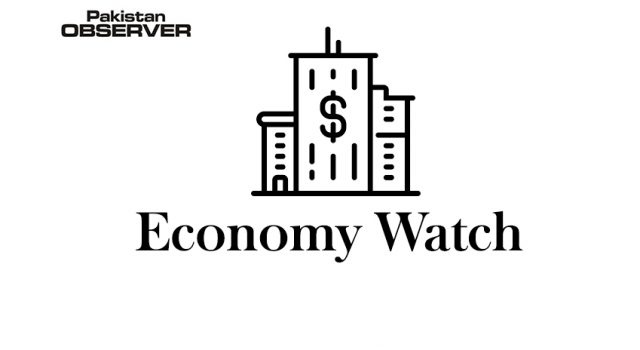Washington
Facing a dauntingly uncertain economic horizon and ceaselessly pelted with insults and demands for stimulus from the US president, the Federal Reserve is set to cut interest rates in the coming week.
Though Chairman Jerome Powell has at times struggled to send markets a clear message, since announcing the first rate cut in a decade over the summer he has sent signals that lower rates are coming. In speeches and public appearances, Powell promised the Fed will “act as appropriate” to preserve the current expansion.
While the world’s largest economy is in a “good place,” he has warned of “significant risks” to a deteriorating outlook, persistently low inflation and a trade war that looks set to drag on—views echoed by influential New York Fed President John Williams.
Translation: the Fed is cutting. Futures markets as of Friday overwhelmingly forecast the Fed will lower rates on Wednesday at the conclusion of the two-day meeting of the policy committee. And another cut before the end of the year is more likely than not.
Indeed, Kathy Bostjancic, chief US financial economist at Oxford Economics, told AFP her firm expects three more cuts this year, meaning the central bank will cut at every policy meeting left in 2019. “It’s good that the economy is not crumbling right now,” she said, “and that’s a good time to take out some stimulus.”
Which of course raises the question: why cut rates again? The sky is not falling. The jobless rate has been at or near historic lows for a year and a half.
Consumer spending is resilient. Inflation is firming. Wages are up. Job creation is healthy. GDP growth seems to be holding up. Business and consumer confidence are softening but still high.
So why the pit-of-the-stomach feeling among so many? – ‘Boneheads’ – For starters, the only thing sustaining the US economy at the moment is consumer spending, which accounts for two-thirds of GDP. But by the time that starts to weaken, it will be too late—the recession will have begun already.
Hiring, while strong, has slowed. Business investment is moribund. Exports are weakening. And manufacturing—always a vital economic weather vane—is in recession. Meanwhile, the global economy is slowing.
To top it off, Trump may not know how to end the trade fight he picked 18 months ago with China, the world’s second-largest economy. Higher tariffs and uncertainty have moved from posing a risk to actually hurting the economy, including job losses—about 11,000 in August alone, according to one estimate.
Beijing and Washington in recent days have made olive-branch gestures, lifting market hopes of a resolution, or at the very least a truce in a conflict that deteriorated badly following the Fed’s rate cut in July. But there is a risk the good feelings may not endure. After all, truces reached in December and June did not last long.
“We’ve been let down before,” Bostjancic said.
Policymakers face the added burden of trying to be heard over the din of Trump’s unprecedented public assaults on the central bank, she said.
Before addressing solemn commemorative ceremonies at the Pentagon on the morning of September 11, Trump took to Twitter to lambast policymakers as “boneheads.”—APP









